Introduction: Preexisting (Traditional) and Modern Fish Breeding Methods in Practice Among Fish Farmers
Bundh Breeding in Captivity
What Is a Bundh?
Area of Bundh
Different Parts of a Typical Bundh
Topography of a Bundh
Types of Soil
Impact of Regional Soil on Hydrobiological Parameters of Breeding and Hatching Bundh
Slope
Catchment Area
Bundh Proper (Deepest Area)
Size and Height of Embankment
Breeding Environment
Types of Bundh
Operation Technique of a Dry Bundh for Production of Spawn
Improved Methods for Bundh Breeding
Spawning
Modern Technique for Bundh Breeding in Nonlaterite Belt
Hybridization in Bundhs
References
Part I: Induced Breeding—A Scientific Approach Towards Modern Fish Breeding Procedure
1. Eco-Hatchery for Fish Breeding of Carps in Captivity
Abstract
1.1 Overhead Tank
1.2 Spawning Pool
1.3 Incubation or Hatching Pools
1.4 Breeding Technique
1.5 Spawn Collection Tank
1.6 Breeding Protocols
1.7 Brood Stock Collection and Development
References
2. Reproductive Cycle, Maturation, and Spawning
Abstract
2.1 Collection and Preservation of Pituitary Gland
2.2 Identification of Male and Female Breeders
2.3 Selection of Breeders
2.4 Mode of Injection/Dosage Administration
2.5 Injection and Dosage for Indian Carp and Exotic Carp
2.6 Three Doses of Injection Instead of the Usual Two Doses
2.7 Calculation of Dose for Purposes of a Batch of Fish
2.8 Inducing Agents
2.9 Environmental Influence on Dose
2.10 Application of Terramycin With Extract
2.11 Methods of Injections
2.12 Breeding Practices
2.13 Identification of Fertilized Egg
2.14 Characteristics of Carp Eggs
2.15 Development of Egg and Spawn With Special Reference to Indian Major Carp
2.16 Larval Rearing
References
3. Hybridization
Abstract
3.1 Natural Hybridization
3.2 Artificial Hybridization
References
4. Selective Breeding
Abstract
4.1 Genetic Improvement of Farmed Fish
4.2 Deformities as Observed in Different Hatcheries
4.3 Interaction Studies
4.4 Conclusions/Implications: Preservation of Biodiversity
4.5 Genetic Concerns With Stock Transfers
4.6 Differences Between Populations
4.7 Population Fitness
4.8 Effect of Stock Transfer on Fish Biodiversity
4.9 Possible Impact of the Hatchery-Raised Fish in Wild
4.10 Final Impact
4.11 Extract
4.12 Genetic Variance and Breeding
4.13 Genetic Improvement Programs
4.14 Molecular Genetics and Genomics
4.15 The PCR
4.16 Genomic Mapping
4.17 Gene Expression Studies
References
5. Negative Aspects of Breeding Practice
Abstract
5.1 Use of Impotent Pituitary Gland
5.2 Restocking of Brooders
5.3 Genetic Appraisal of Improper Fish Breeding Practices
5.4 Genetic Drift
5.5 Sampling Error
5.6 Why Does This Error Occur?
5.7 Sample Size and Sampling Error
5.8 Standard Deviation and Sampling Error
5.9 Random Genetic Drift
5.10 Ways to Eliminate Sampling Error
5.11 Simple Measures to Avoid Improper Breeding Practices in the Hatchery
References
6. Influence of Ecological Factors on Maturation, Spawning, and Hatching of Carps
Abstract
6.1 Abiotic Factors
References
Part II: Case Studies
7. Current Status of Hatchery Operations in Some Leading Seed-Producing States of India and Its Impact on Aquaculture
Abstract
7.1 Three Eastern States of India
7.2 Categorization of Hatcheries
7.3 Temporal Trends in Hatchery Establishment
7.4 Ownership Status and Educational Profile of the Hatchery Owners
7.5 Size of the Hatcheries and Their Modes of Operation
7.6 Pond Status, Water Source, and Manpower
7.7 Breeding Season and Price Variation
7.8 Breeding Program
7.9 Brood Stock Management
7.10 Breeding Practice
7.11 Spawn Yield With CPE and Ovaprim
7.12 Brood Stock Management
7.13 Fish Disease
7.14 Deformities
7.15 Inbreeding
7.16 Genetic Drift
7.17 Hybridization
7.18 Impact on Wild Fish
7.19 Innovative Technology Developed by Scientists and Fish Breeders of Bengal by Modifying Glass Jar Hatcheries
7.20 New Dimension in Common Carp Breeding
7.21 Captive Breeding of Two Recently Introduced Carnivorous Fish Species in West Bengal
7.22 Innovative Technology Developed by Fish Breeders
References
8. Seed Resources and Supply Chain in Some Asian Countries
Abstract
8.1 Seed Management
8.2 Seed Production Facilities and Seed Technology
8.3 Fish Seed Quality
8.4 Institutional Support and Seed Certification
8.5 Fish Seed Marketing
8.6 Economics of Seed Production
8.7 Information and Knowledge Gaps
8.8 Future Prospects and Recommendations
References
9. Review of Freshwater Prawn Hatchery Operation in Some Asian Countries
Abstract
9.1 Introduction
9.2 Results
9.3 Discussion
9.4 Conclusion
References
10. Genetic Variation and Phylogenetic Relationship Among the Two Different Stocks of Catla (Catla catla) in the Indian State of Orissa Based on RAPD Profiles
Abstract
10.1 Introduction
10.2 Materials and Methods
10.3 Results
References
Part III: Innovations
11. Approaches to Genetic Improvement
Abstract
11.1 Different Approaches of Selection Program
References
12. Conservation Hatchery and Supplementation—A Recent Approach to Sustainable Aquaculture
Abstract
12.1 History of the Conservation Hatchery Concept
12.2 Conclusion and Recommendation
12.3 Recovery of Threatened and Endangered Species
References
Index
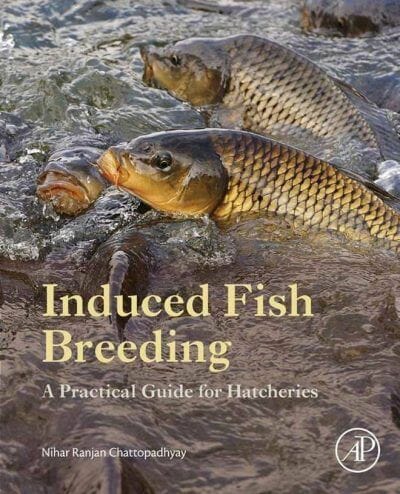

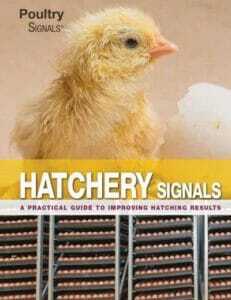
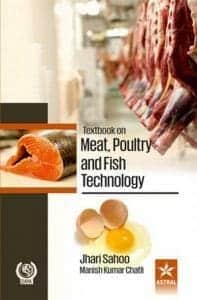
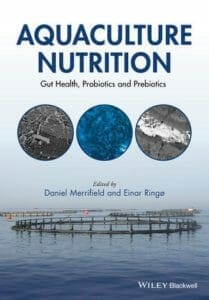
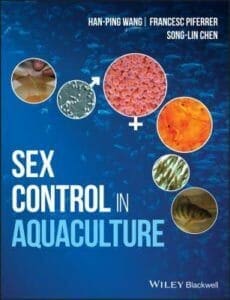
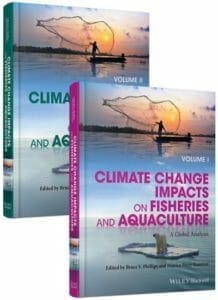
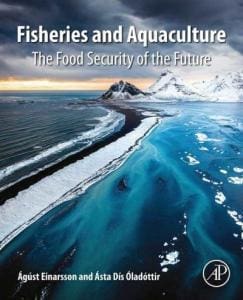
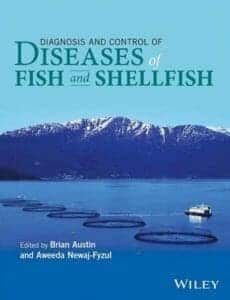
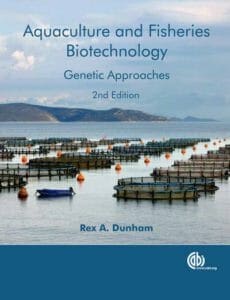






![Textbook of Veterinary Diagnostic Radiology 8th Edition [PDF+Videos+Quizzes] Thrall’s Textbook of Veterinary Diagnostic Radiology, 8th edition PDF](https://www.vet-ebooks.com/wp-content/uploads/2019/09/textbook-of-veterinary-diagnostic-radiology-8th-edition-100x70.jpg)

![Ettinger’s Textbook of Veterinary Internal Medicine 9th Edition [PDF+Videos] Ettinger’s Textbook of Veterinary Internal Medicine 9th Edition [True PDF+Videos]](https://www.vet-ebooks.com/wp-content/uploads/2024/10/ettingers-textbook-of-veterinary-internal-medicine-9th-edition-100x70.jpg)





